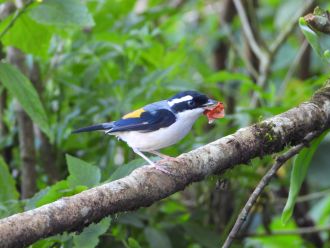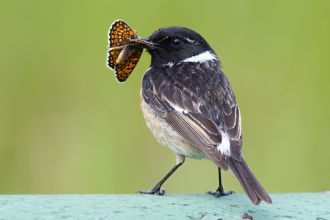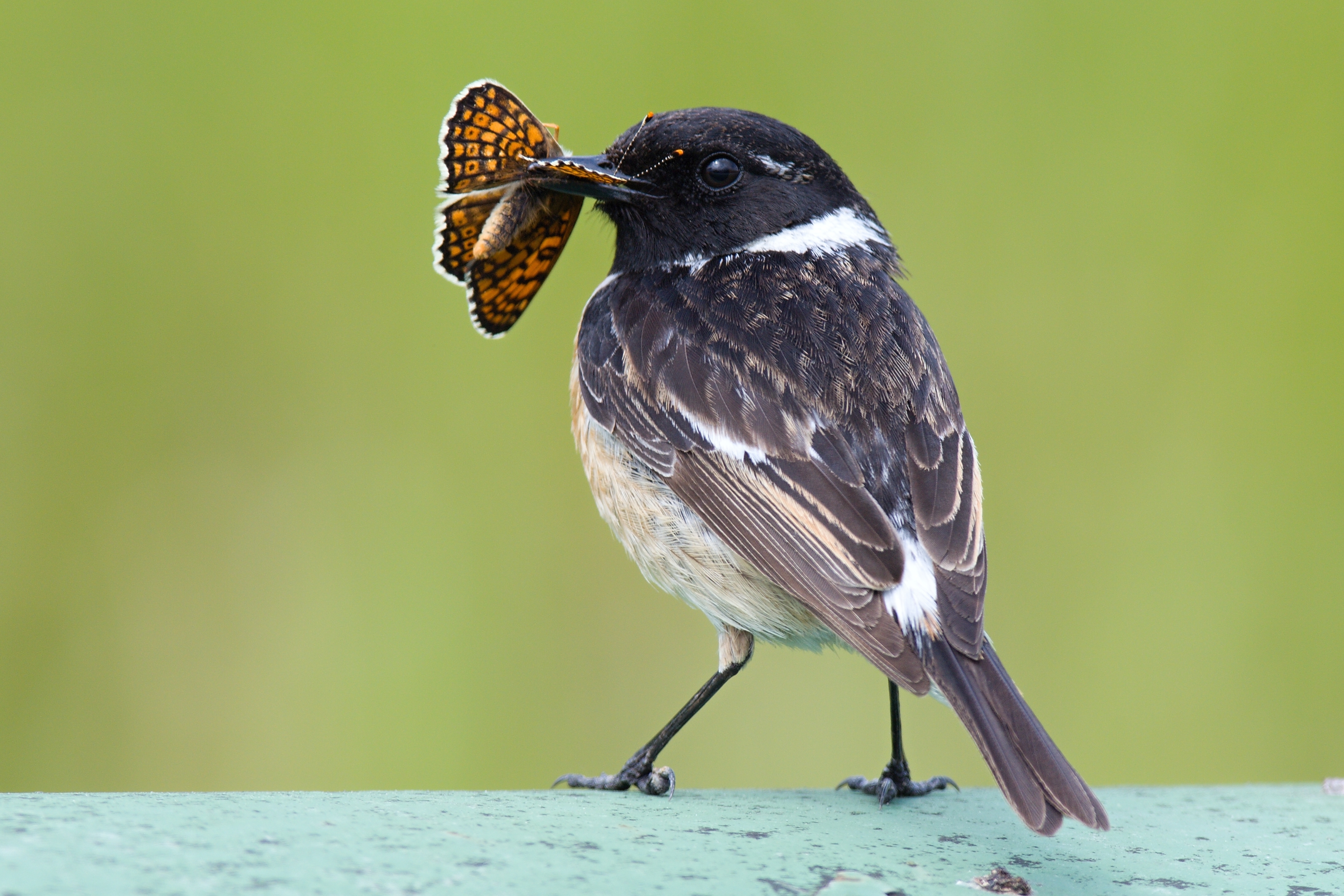Media release
From:
Camouflage or caution? How anti-predator strategies have evolved
Predators and the environment determine why some animals use camouflage to avoid being eaten, while others use bright colours to warn them off, new research reveals.
Published today in the journal Science, the findings help explain the evolution and global distribution of the most common colour strategies used by insects to avoid predators.
The global study took place across six continents and involved over 50 scientific collaborators.
Using the same experiment, researchers deployed more than 15,000 artificial prey with three different colours to investigate which strategy works best to deter predators: a classic warning pattern of orange and black, a dull brown that blends in, and an unusual bright blue and black.
The study’s lead author, University of Melbourne’s Dr Iliana Medina Guzman, said the answer to why some animals use camouflage over warning colours to deter predators turned out to be more complex than expected.
“Our findings showed there is no single best colour strategy to deter predators, but that context is critical,” Dr Medina Guzman, from the School of BioSciences, said.
“The different characteristics of the predator and prey communities, as well as habitat in that part of the globe, heavily decide which strategy performs better in each place.
“This makes sense when we see animals employing so many varying camouflage and warning colour strategies as defence systems all over the world.”
Predators had the biggest influence on which colour strategy was most successful for prey, the study revealed.
“In environments where predators are competing intensely for food, they are more likely to risk attacking prey that might be dangerous or distasteful. Hence, we saw that camouflage worked best in areas with lots of predation,” Dr Medina Guzman said.
“Whereas, in places where cryptic prey (insects who use camouflage) are abundant, hiding becomes less effective, as predators are better at looking for those types of animals.”
The findings help scientists understand why some species, such as the cryptic bogong moth or the brightly coloured harlequin bug, have evolved their strategies against predators.
Dr William Allen, an evolutionary ecologist at Swansea University, in the UK, was the senior author on the research.
“For a long time, scientists have wondered why some animals use one defence strategy over the other and our study sheds important information on how animal communities and the environment influence this,” Dr Allen said.
“We hope our findings can help build better understanding of the evolution and global distribution of the most common antipredator colour strategies in animals.”
Expert Reaction
These comments have been collated by the Science Media Centre to provide a variety of expert perspectives on this issue. Feel free to use these quotes in your stories. Views expressed are the personal opinions of the experts named. They do not represent the views of the SMC or any other organisation unless specifically stated.
Professor Jonathan Waters, Department of Zoology, University of Otago, comments:
Multimedia











 Australia; New Zealand; International
Australia; New Zealand; International


